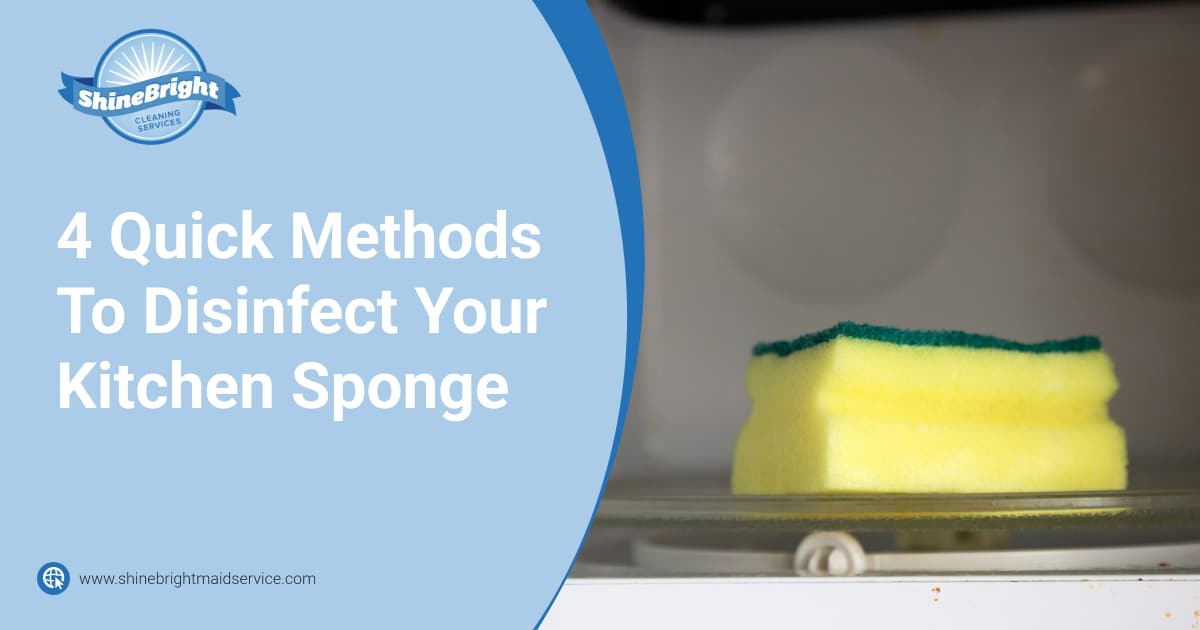
Did you know that your trusty kitchen sponge, despite its constant use, often gets overlooked when it comes to cleaning? It's time to change that! Sparkling clean homes is here to share four quick and effective methods to disinfect your kitchen sponge. These sponges may seem innocent, but they can harbor an alarming amount of germs and bacteria, posing a serious health risk to you and your loved ones. Don't let those nasty microorganisms contaminate your dishes and food any longer.
Join us as we reveal the secrets to banishing bacteria from your sponge and maintaining a hygienic kitchen environment. Let's dive in and ensure a healthy, germ-free space for all!
You may think, aren't bacteria everywhere? And you're right, but the bacteria living in your kitchen sponge are very harmful and have a more significant probability of ending in your food.
Some of the bacteria you can find in it are:
Now that you've learned about the potential danger of a dirty sponge, it's time to disinfect it.
Ideally, you have to disinfect your kitchen sponge once a day. It may sound like a hassle, but once you read the following tips, you'll realize how easy it can be!
Vinegar is the best option if you want to use something biodegradable and non-toxic to tackle this chore.
To carry on with this natural method, fill a bowl with vinegar (don't dilute it with water) and soak your kitchen sponge for 5 minutes. After the time is finished, wring out the sponge, rinse with tap water and let it air-dry.
A more effective method is microwaving your sponge. Make sure it doesn't have metal fibers, or you could damage your microwave.
Dampen the kitchen sponge (a dry one can cause a fire), put it in a shallow microwave-safe container, and heat it for 5 minutes. Once done, let it cool for 15 minutes before taking it out from the microwave and removing any excess water.
One of the easiest ways to disinfect your sponge is in the dishwasher. Place the sponge in the top rack and let the machine run the heat-dry cycle. While longer and hotter cycles might sound more effective, any heat-dry configuration will work.
Though harsh, bleach will kill more bacteria and germs than any other method. However, handle this cleaner with care. So, before you begin, open windows and doors to let the bleach's fumes dissipate.
You'll have to mix ¾ cup bleach and one gallon of water. Then, submerge the sponge and let it soak for 5 minutes. Finally, rinse it, and you'll be good to go.
We are Shine Bright MV House Cleaning, and we've been in the cleaning industry for over 20 years. If you want to learn more helpful tips and tricks from the cleaning pros, check our blog!